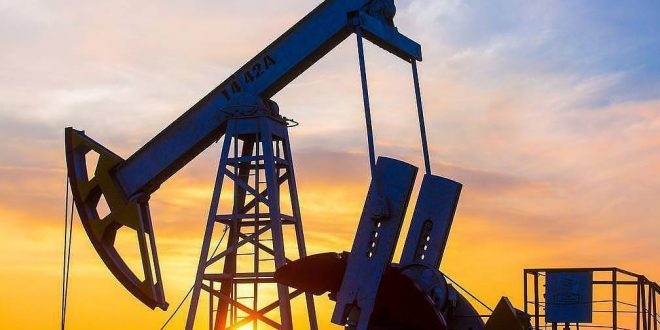Russia is on course to smash its current monthly oil and condensate production record of 11.5M barrels per day (b/d), set in December 2018. The underlying factors are the OPEC+ coalition’s recent agreement to steadily raise oil production and new sources of Russian crude oil, reported oil analyst and consultancy Rystad Energy.
Rystad Energy noted the OPEC+ group agreed in mid-July to raise output by 400,000 b/d each month, starting from August 2021 to the end of 2022.
The baseline production level for Russia has been revised to 11.5M b/d, an increase of 500,000 b/d from the previous reference production.
The country is on track to set a new monthly crude and condensate output record of 11.6 M b/d in January 2022, a Rystad Energy analysis revealed. It is believed Russia’s output will then accelerate further to a peak of almost 12.3M b/d in mid-2023. This will likely include new records for crude oil production alone (without condensates).
A driving force is the short-term growth in production facilities.
“Russian production will rise from relatively new fields – fields with early production and producing fields with 25% to 50% depletion rates. Operators will not be able to increase production from mature fields, as it will be difficult and expensive to bring back online wells that were shut to comply with OPEC+ output cuts,” said Rystad Energy senior analyst Daria Melnik.

TATARSTAN, RUSSIA. AUGUST 8, 2015. An oil pump jack in the city of Almetyevsk. Yegor Aleyev/TASS
Ðîññèÿ. Òàòàðñòàí. 8 àâãóñòà 2015. Àâòîìàòè÷åñêèé íåôòÿíîé íàñîñ-êà÷àëêà â Àëüìåòüåâñêå. Åãîð Àëååâ/ÒÀÑÑ
 Iran Energy News Oil, Gas, Petrochemical and Energy Field Specialized Channel
Iran Energy News Oil, Gas, Petrochemical and Energy Field Specialized Channel



